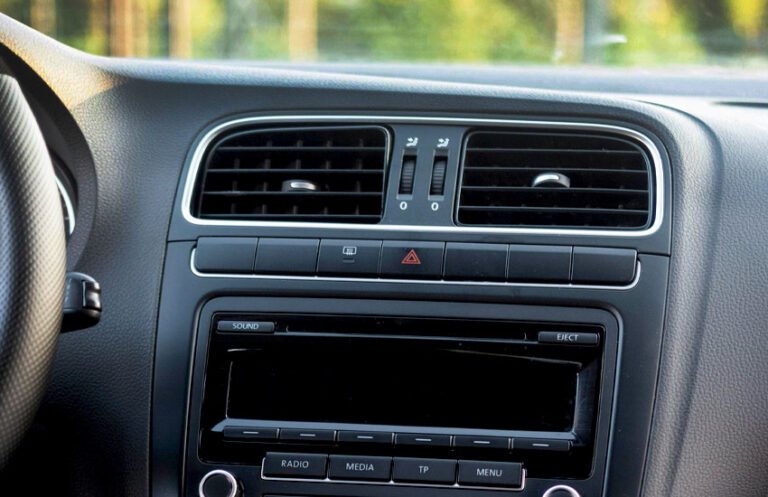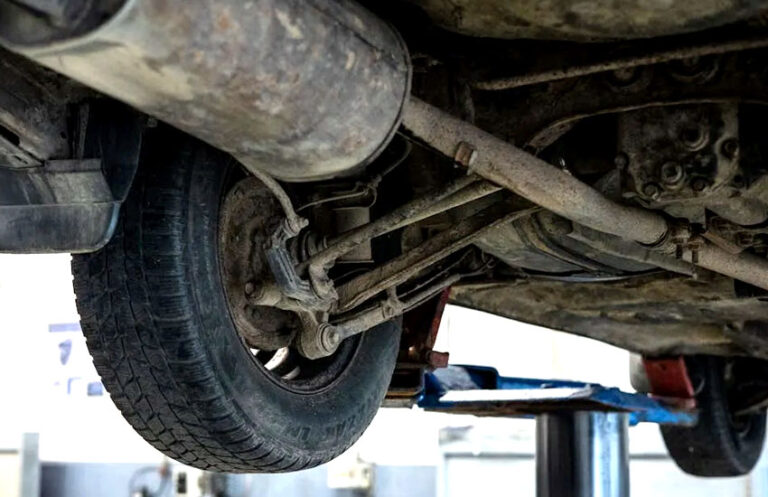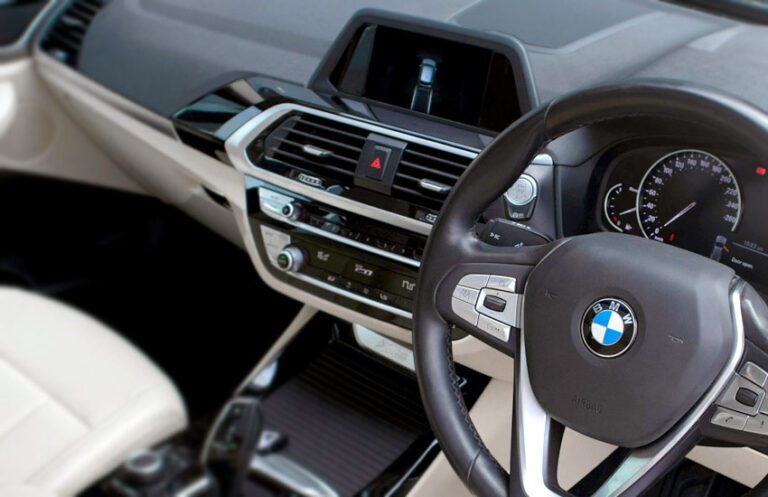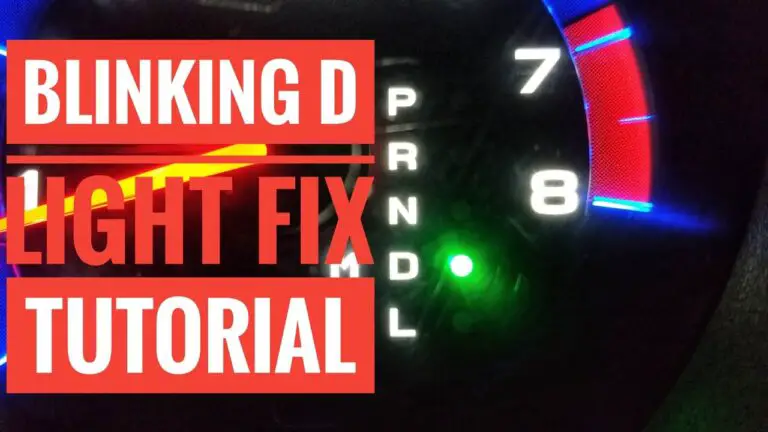The most common reasons why a Kia Optima won’t start are a dead battery, faulty ignition switch, fuel pump issues, or a malfunctioning starter motor. If your Kia Optima is not starting, it is likely due to one of these issues.
It is important to check the battery connections, inspect the ignition switch, make sure the fuel pump is functioning properly, and test the starter motor to determine the cause of the problem.
By addressing these potential problems, you can effectively troubleshoot and resolve the issue, allowing your Kia Optima to start and operate smoothly.
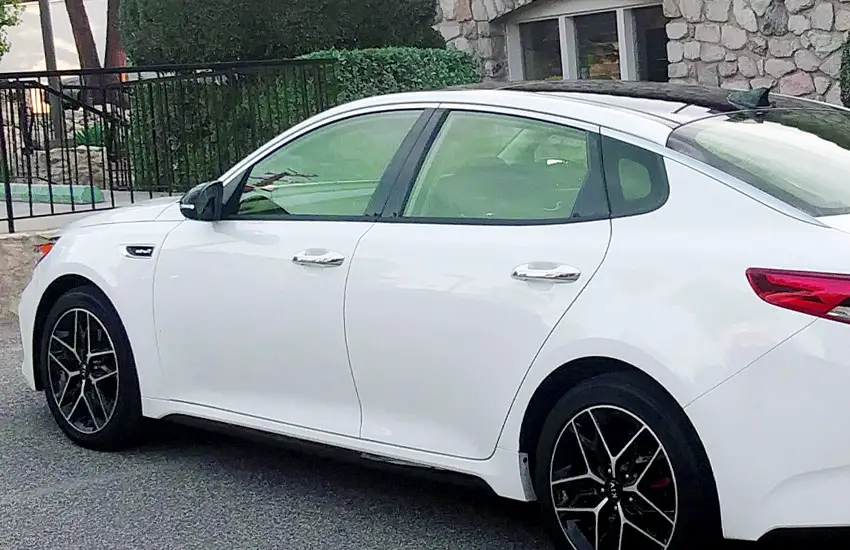
Common Reasons For Kia Optima Not Starting
1. Weak Or Dead Battery
One of the primary reasons why your Kia Optima may refuse to start is a weak or dead battery. Your car’s battery is responsible for supplying the electrical energy necessary to start the engine. Over time, batteries lose their charge due to various factors such as extreme temperatures or prolonged periods of inactivity.
If you suspect a weak or dead battery, you can perform a simple test by checking the headlights. If they appear dim or don’t turn on at all, it indicates a low battery charge. Additionally, if you hear clicking sounds when you turn the key, it’s another sign of a weak battery.
To rectify this issue, you can try jump-starting your Kia Optima using jumper cables and another vehicle with a charged battery. If the battery continues to have problems, it may need to be replaced.
2. Faulty Starter Motor
The starter motor is responsible for initiating the ignition process in your Kia Optima. If the starter motor malfunctions or fails altogether, your car won’t start.
To identify whether a faulty starter motor is the cause behind the non-starting issue, listen for a clicking noise when you turn the key. This noise usually indicates that the starter motor is not engaging with the engine.
If you suspect a faulty starter motor, professional assistance is recommended to diagnose and fix the problem. A qualified mechanic will inspect the starter motor and repair or replace it if necessary.
3. Fuel Delivery Problems
Another potential cause for a Kia Optima not starting is fuel delivery problems. If your car’s fuel system has an issue, it won’t receive the necessary fuel to start the engine. A clogged fuel filter, fuel pump failure, or insufficient fuel pressure are common fuel delivery problems that can prevent your car from starting.
If you suspect a fuel delivery issue, you may notice symptoms such as sputtering or stalling before the car refuses to start. It’s important to have a professional technician inspect your fuel system and resolve the problem to ensure proper fuel delivery.
Checking the Battery
Inspecting Battery Terminals
When your Kia Optima doesn’t start, it’s essential to inspect the battery terminals as they can accumulate dirt, corrosion, or loose connections over time. Follow these steps to ensure proper inspection:
- Turn off the engine and open the hood.
- Locate the battery. In most Kia Optima models, the battery is located in the engine bay, usually on one side. It is a rectangular-shaped box with two cables connected to it.
- Visually examine the terminals. Look for any signs of corrosion, which appears as a white or greenish, powdery substance on the battery terminals.
- Clean the terminals if necessary. If you notice corrosion, it’s crucial to clean the terminals to establish a good connection. You can use a battery terminal cleaner or a mixture of baking soda and water. Remove the cables and gently scrub the terminals to remove the corrosion.
- Inspect cable connections. Ensure that both cable connections are secure and free from any debris. Finger-tighten any loose connections.
Measuring Battery Voltage
After inspecting the battery terminals, the next step is to measure the battery voltage to determine its current state of charge. Here’s how you can do it:
- Turn off all electrical devices. Make sure all lights, radio, and other electronics are turned off.
- Locate the positive and negative battery terminals. The positive terminal is usually marked with a “+” sign, while the negative terminal is marked with a “-” sign.
- Set up a voltmeter. Connect the positive (red) voltmeter lead to the positive battery terminal and the negative (black) lead to the negative terminal.
- Read the voltage. The voltmeter should display the battery’s voltage. A fully charged battery typically reads around 12.6 volts. If it’s significantly lower, it may indicate a weak or depleted battery.
By inspecting the battery terminals for corrosion and measuring the battery voltage, you can gain valuable insights into the condition of your Kia Optima’s battery. If you find any issues, it’s recommended to consult a professional technician or visit an authorized Kia service center to accurately diagnose and address the problem.
Assessing the Starter Motor
Listening For Clicking Sounds
When your Kia Optima won’t start, a common issue to check is the starter motor. One way to assess the starter motor is by listening for clicking sounds when attempting to start the vehicle. An audible clicking noise typically indicates a problem with the starter motor.
Testing Starter Motor Solenoid
To test the starter motor solenoid, start by ensuring the vehicle is in park or neutral and the parking brake is engaged. Then, locate the starter motor underneath the vehicle.
Use a multimeter to check the voltage at the solenoid while an assistant turns the ignition key. If the multimeter displays voltage but the starter doesn’t engage, the solenoid may be the culprit.
Examining Fuel Delivery
The fuel delivery system is crucial for your Kia Optima to start efficiently. The following checks can help diagnose issues with fuel delivery.
Inspecting Fuel Lines
Check for any visible cracks or leaks in the fuel lines that can lead to fuel not reaching the engine.
Checking Fuel Pump Operation
Make sure the fuel pump is functioning properly by listening for a humming noise when the ignition is turned on.
Perform a fuel pressure test to determine if the fuel pump is providing adequate fuel pressure to start the engine.
Diagnosing Ignition System Issues
Testing Spark Plugs
Testing spark plugs is a fundamental step in diagnosing ignition system issues. Worn-out or damaged spark plugs can lead to difficulties starting your Kia Optima. To test the spark plugs, you can follow these simple steps:
- Disconnect the spark plug wires from the spark plugs.
- Use a spark plug socket and ratchet to remove the spark plugs from the cylinder head.
- Inspect the spark plugs for signs of wear, such as erosion or carbon buildup.
- If the spark plugs appear worn or damaged, consider replacing them with new, high-quality spark plugs compatible with your Kia Optima.
- Reinstall the spark plugs and reconnect the spark plug wires.
Assessing Ignition Coil
The ignition coil plays a crucial role in generating the high-voltage spark needed to ignite the fuel in your Kia Optima’s engine. If the ignition coil is faulty, it can lead to starting issues. Here’s how to assess the ignition coil:
- Locate the ignition coil, typically positioned near the engine’s cylinder head.
- Inspect the ignition coil for any visible damage, such as cracks or corrosion.
- Use a multimeter to test the resistance of the ignition coil’s primary and secondary winding to ensure they are within the manufacturer’s specified range.
- If the ignition coil fails the resistance test or shows visible signs of damage, consider replacing it with a new, OEM-compatible ignition coil.
Addressing Security System Interference
Resetting Car’s Security System
If your Kia Optima won’t start and you suspect security system interference, one troubleshooting step is to reset the car’s security system. This can help resolve any temporary glitches or malfunctions that may be preventing the car from starting.
Checking Key Fob Battery
Another potential issue contributing to starting problems is a low or depleted key fob battery. A weak key fob battery can lead to difficulties in disarming the security system and starting the vehicle. Ensuring that the key fob battery is in good condition is crucial to resolving security system interference related startup issues.
Analyzing Engine Mechanical Problems
Assessing Engine Compression
One of the common reasons why your Kia Optima may not start is due to engine compression issues. Engine compression refers to the amount of pressure the engine can build internally during the combustion process. Insufficient compression can result in a weak or non-existent ignition spark, preventing your car from starting.
Here are a few key steps to assess engine compression:
Step 1: Gather the necessary tools
Before you start, ensure you have the following tools: a compression gauge, a wrench or ratchet for removing spark plugs, and a pen and paper to record the readings.
Step 2: Disable the ignition system
First, disable the ignition system by disconnecting the fuel pump relay or the ignition coil. This will prevent fuel from entering the engine during the compression test.
Step 3: Remove spark plugs
Next, remove all the spark plugs from your Kia Optima using the appropriate wrench or ratchet. Make sure to label each spark plug wire to avoid confusion when reinstalling them later.
Step 4: Perform the compression test
Thread the compression gauge into one of the spark plug holes and have an assistant crank the engine several times. Take note of the compression readings for each cylinder and compare them to the manufacturer’s specifications.
If there is a significant difference in the readings between the cylinders, it may indicate an issue with the engine’s mechanical components.
Step 5: Analyze the results
If the compression readings are low or vary excessively from cylinder to cylinder, it could indicate problems such as worn piston rings, a blown head gasket, or a valve issue. In such cases, it is recommended to consult a professional technician for further diagnosis and repair.
Checking Timing Belt Or Chain
Another potential cause of your Kia Optima not starting could be a problem with the timing belt or timing chain. The timing belt or chain plays a crucial role in synchronizing the rotation of the engine’s camshaft(s) and crankshaft.
To check the timing belt or chain, follow these steps:
Step 1: Determine the type of timing system
Identify whether your Kia Optima is equipped with a timing belt or timing chain. This information can usually be found in the owner’s manual or by consulting with a Kia dealership or service center.
Step 2: Inspect for visual damage
If you have a timing belt, visually inspect it for signs of damage such as fraying, cracks, or missing teeth. For a timing chain, check for any obvious signs of looseness, wear, or damage.
Step 3: Check for proper tension
For a timing belt, check the tension by applying moderate pressure to the belt between the camshaft and crankshaft pulleys. It should feel tight and have minimal slack. In the case of a timing chain, check that it has proper tension and isn’t excessively loose.
Step 4: Verify timing marks alignment
If your Kia Optima has timing marks on the camshaft and crankshaft pulleys, align them according to the manufacturer’s specifications. This ensures that the timing is correct and can prevent starting issues.
Step 5: Seek professional assistance if necessary
If you notice any significant damage or suspect an issue with the timing belt or chain, it is recommended to have it inspected and repaired by a qualified technician. This will help prevent further engine damage and ensure your Kia Optima starts reliably.
Seeking Professional Help
Contacting Certified Kia Mechanic
If you find yourself struggling with a Kia Optima that simply refuses to start, it may be time to reach out to a certified Kia mechanic. With their specialized knowledge and expertise, these professionals are the best equipped to diagnose and resolve issues with your vehicle.
When your Kia Optima fails to start, it can be frustrating and confusing. Instead of wasting time and energy trying to identify the problem yourself, contacting a certified Kia mechanic will ensure that you receive accurate and reliable information about the issue at hand.
Towing The Vehicle To A Repair Facility
In some cases, it may be necessary to tow your Kia Optima to a repair facility. If your vehicle won’t start and you are unable to resolve the problem on your own, towing becomes a practical solution.
By choosing to tow your vehicle to a repair facility, you can avoid further damage and allow a professional to assess and address the underlying issue.
Towing ensures that your Kia Optima is handled with care and safely transported to a repair facility equipped with the necessary tools and resources.
Once at the facility, the certified Kia mechanic can thoroughly inspect your vehicle, diagnose the problem, and provide you with an appropriate course of action.
Final Thoughts
In sum, diagnosing the underlying issue causing your Kia Optima not to start can be complex. By following the troubleshooting tips provided in this post, you can narrow down potential causes and take appropriate action. Remember to seek professional help if needed, and stay proactive in maintaining your vehicle’s health.





